CJUE on the possibility of applying the material reciprocity test
By the judgment of October 24, 2024, in case C-227/23, the CJEU ruled that EU law precludes Members States from applying in their national law the material reciprocity test provided for in Article 2(7) of the Berne Convention in relation to a work of applied art for which the country of origin is a third country and the author is a national of a third country. The Supreme Court of the Netherlands requested the preliminary ruling in a case involving Kwantum, a company that runs a chain of home furnishings stores in the Netherlands, and Vitra, a company that manufactures designer furniture created by the now-deceased American citizens Charles and Ray Eames. According to Vitra, Kwantum is selling a chair designed by the aforementioned American citizens in violation of its copyright.
The Supreme Court, held that the dispute relates, among other things, to the applicability and scope of the second sentence of Article 2 (7) of Berne Convention, which, for works protected in their countries of origin only as designs and models, provides that in another country belonging to the union established under this convention, only special protection, which is granted in that country to designs and models, can be demanded, thus establishing a test of material reciprocity. However, the court pointed out that EU law does not contain any provisions regarding the material reciprocity test.
This raised the question of whether Member States may independently decide whether or not to apply this test in relation to a work for which the country of origin is a third country and whose author is a citizen of a third country.
Summary:
The CJEUnoted that the scope of application of Directive 2001/29/EC on the harmonization of certain aspects of copyright and related rights in the information society is determined not by the criterion of the country of origin of the work or the nationality of its author, but by reference to the internal market, which corresponds to the territorial scope of application of the treaties. Consequently, the situation in which a company seeks copyright protection for an object of applied art sold in a member state falls within the scope of EU law, provided that the object can be classified as “work” within the meaning of Directive 2001/29/EC.
Members States should therefore not apply the material reciprocity test set out in Article 2(7), second sentence, of the Berne Convention to a work of applied art where the country of origin is a third country and the author is a national of a third country. According to the previously mentioned criteria, third-country applied art pieces may in fact be subject to different treatment in various member states based on the bilateral treaty law requirements that apply between the Member State and the third country (para. 68 of the judgment).
See more:
Autonomy of the grounds for invalidation and scope of the examination of bad faith in CJEU judgment C-17/24
1.Facts of the case CeramTec GmbH is proprietor of two EU trademarks depicting pink ceramic medical components used in particular in hip or knee implants and of an EU trademark consisting of the colour pink (Pantone 677C). (EUTM 010214112, EUTM 010214179 and EUTM...
Request for a preliminary ruling concerning AI
Case C-250/25, Like Company v Google, was referred to the Court of Justice of the European Union by a Hungarian regional court (Budapest Környéki Törvényszék) in April 2025. It concerns the operation of chatbots in the context of copyright law, mainly the use of...
The complexity and high level of subjectivity in assessing the likelihood of confusion based on three recent CJEU judgements
A likelihood of confusion exists when consumers can be misled into believing that goods or services bearing the opposing trademarks originate from the same company or from economically linked companies. It is assumed that the assessment of the likelihood of...
